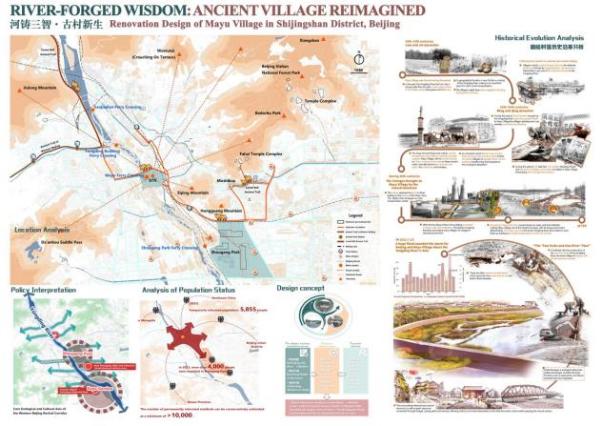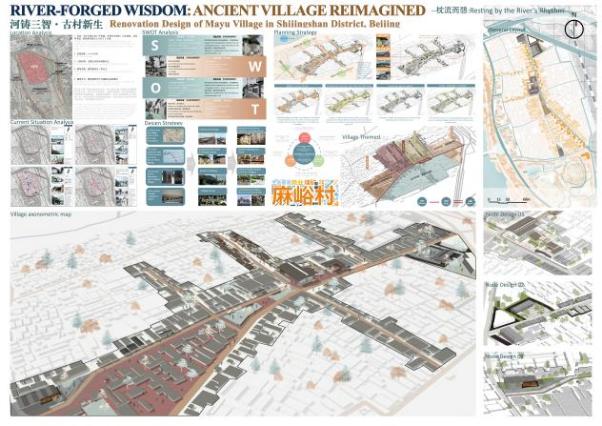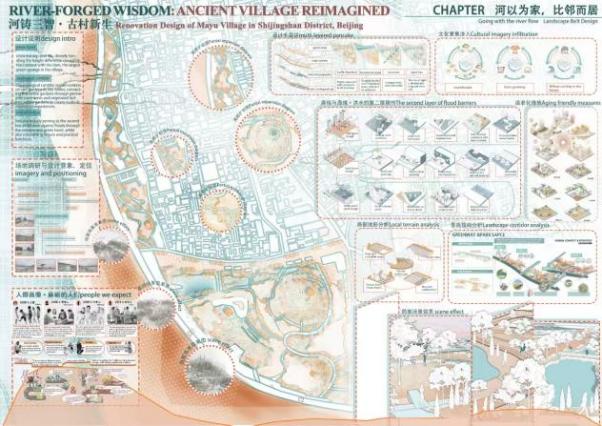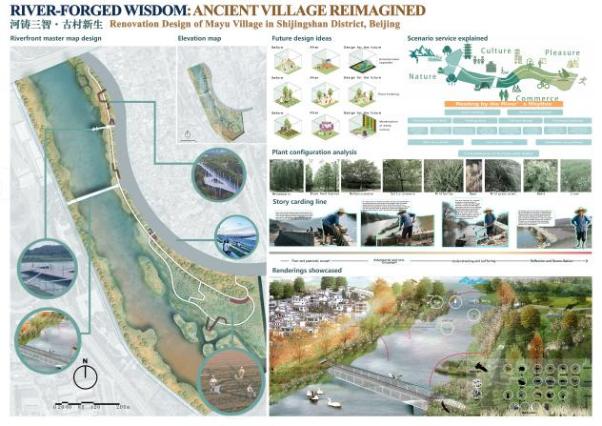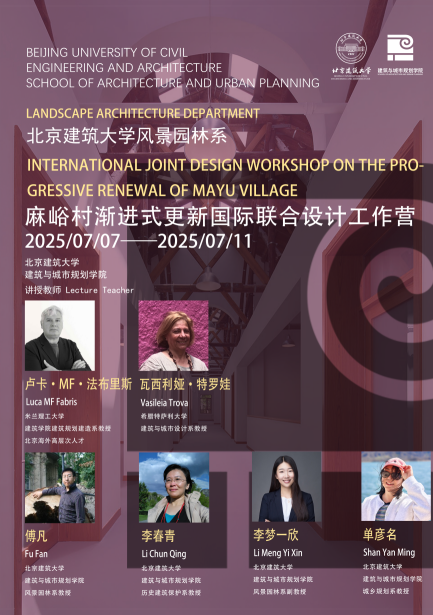
2025年7月7日至7月11日,由风景园林系主办,以“石景山区麻峪村渐进式更新”为主题的“北京建筑大学(Beijing University of Civil Engineering and Architecture)-意大利米兰理工大学(Politecnico Di Milano)-希腊色萨利大学(University of Thessaly)三校国际联合设计工作营”在西城校区成功举办。本次工作营由北京建筑大学牛牛游戏 傅凡教授、李春青教授、单彦名教授、李梦一欣副教授、米兰理工大学牛牛游戏 Luca MF Fabris教授、希腊色萨利大学建筑与城市设计系Vasileia Trova教授担任指导教师,牛牛游戏 24、25级11名研究生参加并顺利结业。
From July 7 to July 11, 2025, the “International Joint Design Workshop” was successfully held at the Xicheng Campus of Beijing University of Civil Engineering and Architecture (BUCEA). Jointly organized by the Department of Landscape Architecture and themed “Progressive Renewal of Mayu Village in Shijingshan District,” the workshop brought together three academic institutions: BUCEA, Politecnico di Milano (Italy), and the University of Thessaly (Greece). The workshop was guided by an esteemed team of instructors, including Professors Fu Fan, Li Chunqing, Shan Yannian, and Associate Professor Li Mengyixin from the School of Architecture and Urban Planning at BUCEA; Professor Luca MF Fabris from the School of Architecture at Politecnico di Milano; and Professor Vasileia Trova from the Department of Architecture and Urban Design at the University of Thessaly. Eleven graduate students from the 2024 and 2025 cohorts of BUCEA’s School of Architecture and Urban Planning participated in the program and successfully completed the workshop.
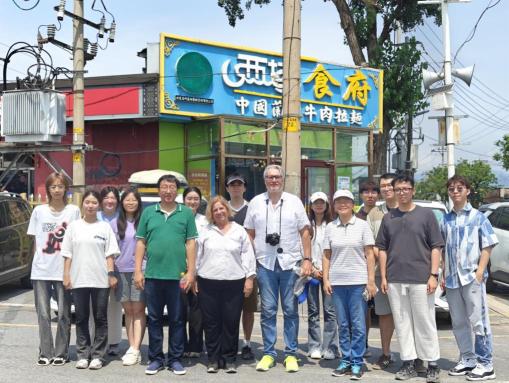
师生前往麻峪村实地调研
Faculty and students conducted an on-site field investigation in Mayu Village.
此次工作营立足“两园一河”联动发展,选址在“两园一河”重要节点、北京“23·7”特大暴雨中受到洪水威胁的石景山麻峪地区,聚焦历史村落的渐进式更新路径,对村庄历史文化挖掘、现状更新发展和文旅振兴提出概念性策略与设计。麻峪地区作为“两园一河”文化走廊的重要节点,兼具历史价值与现实挑战,亟需探索在地性与韧性兼顾的更新策略。工作营期间,傅凡教授分享了“两园一河”联动发展的政策背景、麻峪村的历史文化、区位优势,以及麻峪村在“两园一河”联动发展中的规划定位;Luca MF Fabris教授分享了意大利西西里岛地震后历史村落的修复经验,地震遗址背景下的景观重建设计思路,并为同学们展示了德国、美国等欧美城市更新与工业遗存改造的案例;Vasileia Trova教授结合希腊实践,介绍了生态防洪体系构建与文化路径塑造的典型案例,为同学们提供了面向灾后场地的多元设计视角与方法启发。我校各位教授向学生讲解了我国城市更新与乡村振兴时代所面临的机遇与挑战,并介绍了成功的经验。
This workshop was grounded in the coordinated development strategy of the “Two Parks and One River” initiative. The selected site—Mayu Village in Shijingshan District—represents a critical node within this system and was severely threatened by flooding during the “23·7” torrential rainstorm in Beijing. Focusing on the progressive renewal of historic villages, the workshop aimed to develop conceptual strategies and design proposals for cultural heritage preservation, current revitalization, and cultural tourism development. As a key node in the “Two Parks and One River” cultural corridor, the Mayu area embodies both significant historical value and pressing contemporary challenges, calling for locally rooted and resilient renewal approaches. During the workshop, Professor Fu Fan provided an overview of the policy framework behind the “Two Parks and One River” initiative, the historical and cultural background of Mayu Village, its locational advantages, and its strategic role in the regional development plan. Professor Luca MF Fabris shared insights from Italy’s post-earthquake restoration of historical villages in Sicily, elaborating on landscape reconstruction strategies for seismic sites, and presented cases of urban regeneration and industrial heritage reuse in cities across Germany, the United States, and other Western countries. Professor Vasileia Trova, drawing on practical experiences from Greece, introduced exemplary cases of ecological flood management systems and the shaping of cultural pathways, offering students diverse design perspectives and methodological inspirations for post-disaster environments. BUCEA faculty members also guided students through the current challenges and opportunities in China’s urban renewal and rural revitalization efforts, highlighting successful domestic experiences as valuable references.
工作营同学们在老师们的指导下,在短短的一周时间内,经过多次汇报讨论和修改完善,逐步形成了具有系统性、整体性和科学性的设计成果。在最终汇报环节,11名同学通过场地踏勘与历史档案分析,展示了包括洪涝安全、遗产游径、村落复兴等方面的综合性设计策略。并从多尺度入手,提出了“场地边界-村落内核-文化走廊”三层次更新路径,通过多样化的表达方式展示设计成果,包括规划分析图、空间剖面图、系统构建图及场景效果图等。
Under the guidance of faculty members, participating students developed systematic, integrated, and scientifically grounded design proposals within just one week. Through multiple rounds of presentations, discussions, and iterative revisions, they gradually refined their concepts into comprehensive design outcomes. In the final presentation session, the 11 graduate students showcased their integrated strategies based on site investigations and historical archive analysis, addressing key aspects such as flood safety, heritage trail systems, and village revitalization. Adopting a multi-scalar approach, they proposed a three-tier renewal framework:“Site Boundary - Village Core - Cultural Corridor.”The design outcomes were illustrated through a range of visual formats, including planning analysis diagrams, spatial section drawings, system construction charts, and rendered scenario visualizations.
最终汇报期间,指导教师进行了详细点评。Fabris教授肯定了方案规划设计、总体策略,回应灾后重建后需要强调文化记忆;Trova教授则重点关注方案中生态防洪系统,场地如何吸引游客与激活社区人群方面的可达性与开放性表达。傅凡教授、李春青教授、李梦一欣副教授、单彦名教授逐一对汇报进行点评,并鼓励学生们注重对于“如何在保护中更新、在更新中重塑文化认同”的前沿问题。通过工作营的组织,三校教师进行了深入的学术与教学交流,同时老师们也对参营同学在专业学习与实践方面的表现和快速进步给予了好评。
During the final presentation session, the instructors provided detailed feedback on the students’ work. Professor Luca MF Fabris commended the overall planning strategies and design concepts, emphasizing the importance of cultural memory in post-disaster reconstruction. Professor Vasileia Trova focused on the ecological flood management system within the proposals, as well as the site’s accessibility and openness in attracting visitors and revitalizing the local community. Professors Fu Fan, Li Chunqing, Associate Professor Li Mengyixin, and Professor Shan Yannian offered in-depth commentary on each presentation. They encouraged students to critically engage with the pressing issue of “how to achieve renewal through preservation, and how to reconstruct cultural identity through renewal.” Through the organization of this workshop, the three universities engaged in deep academic and pedagogical exchange. The faculty members also highly praised the participating students for their rapid progress and strong performance in both theoretical study and design practice.
本次联合工作营的成功举办,不仅深化了三校在城乡更新领域的学术交流,也为麻峪村未来的更新实践提供了具有前瞻性与操作性的理论参考与方案储备。未来,北京建筑大学将持续推动国际交流与合作,服务首都高质量发展,探索城乡融合背景下的中国式设计路径。
The successful completion of this joint workshop not only deepened academic exchange among the three universities in the field of urban-rural regeneration, but also provided forward-looking and practical theoretical references and design strategies for the future renewal of Mayu Village. Looking ahead, Beijing University of Civil Engineering and Architecture will continue to promote international collaboration, support the high-quality development of the capital, and explore Chinese-style design approaches within the context of urban–rural integration.
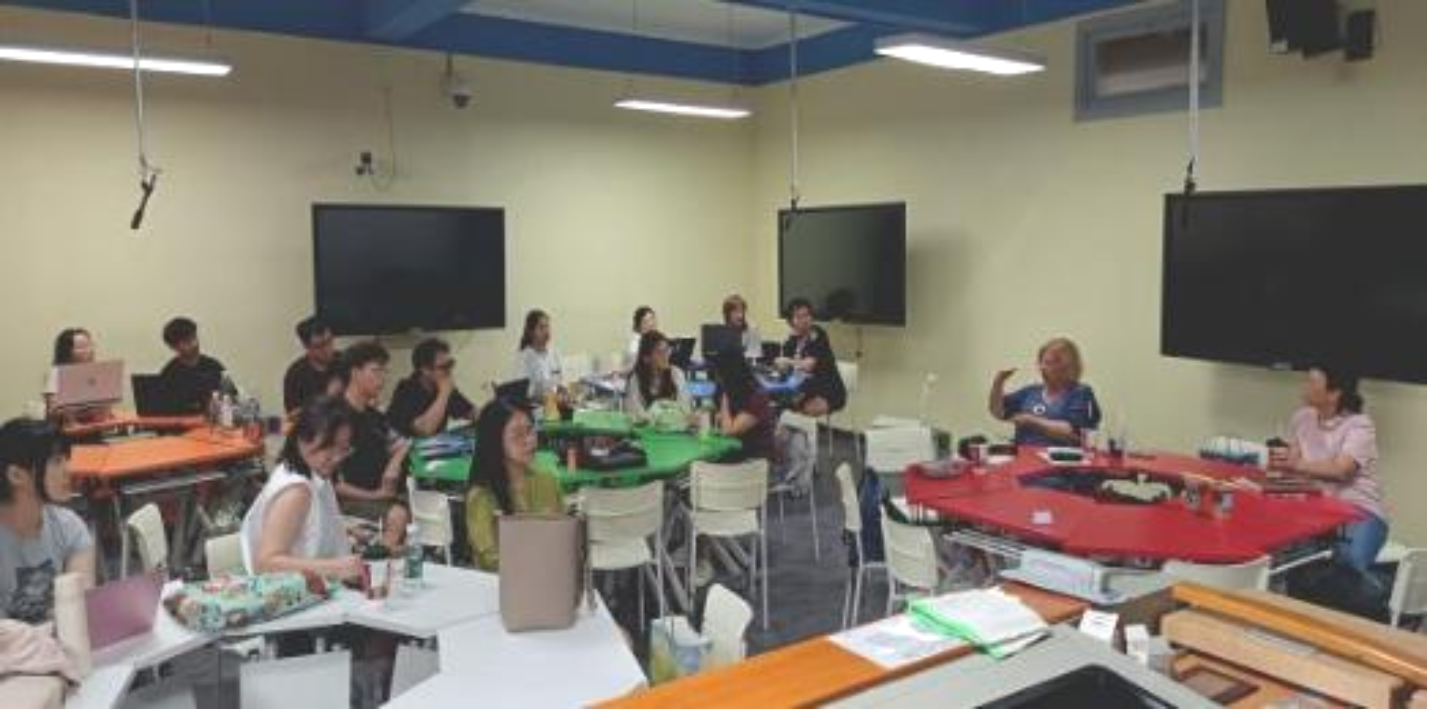
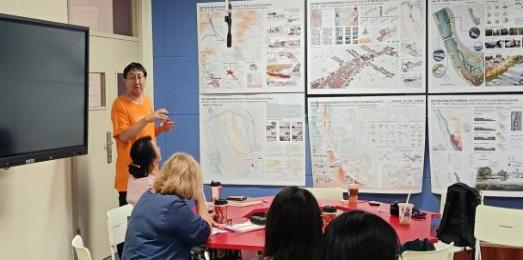
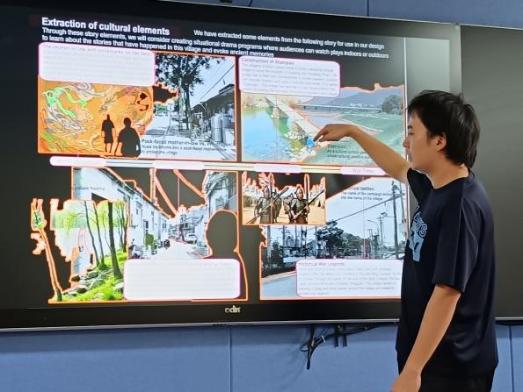
汇报交流讨论
Presentation and discussion
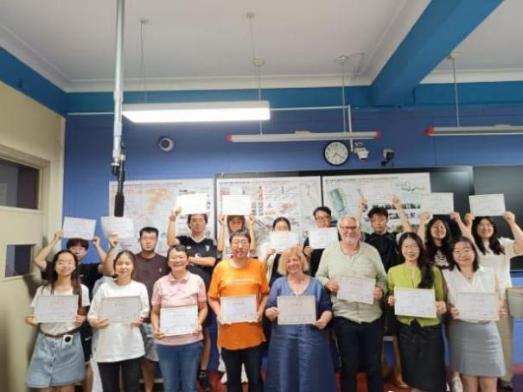
工作营毕业环节
Closing session
